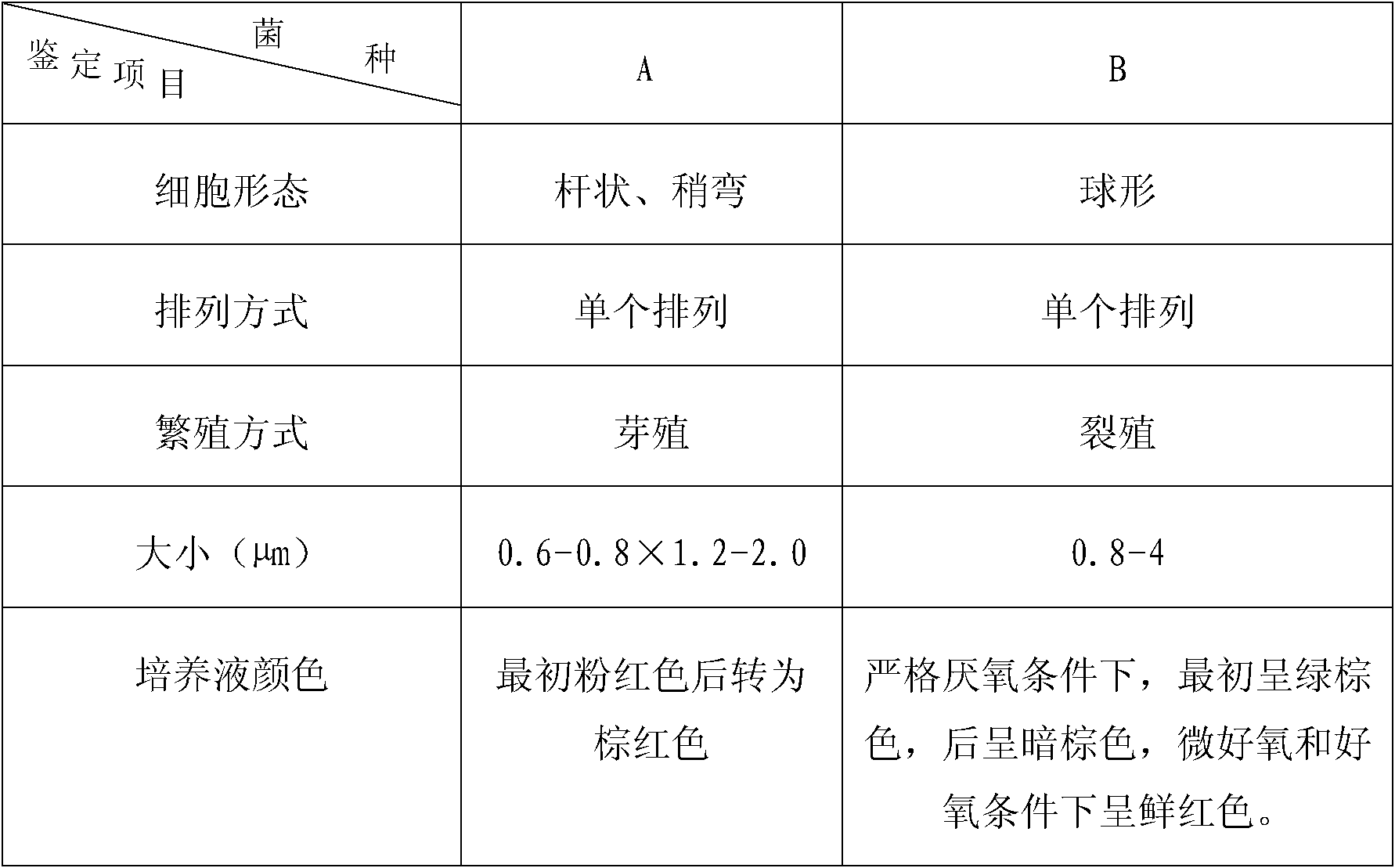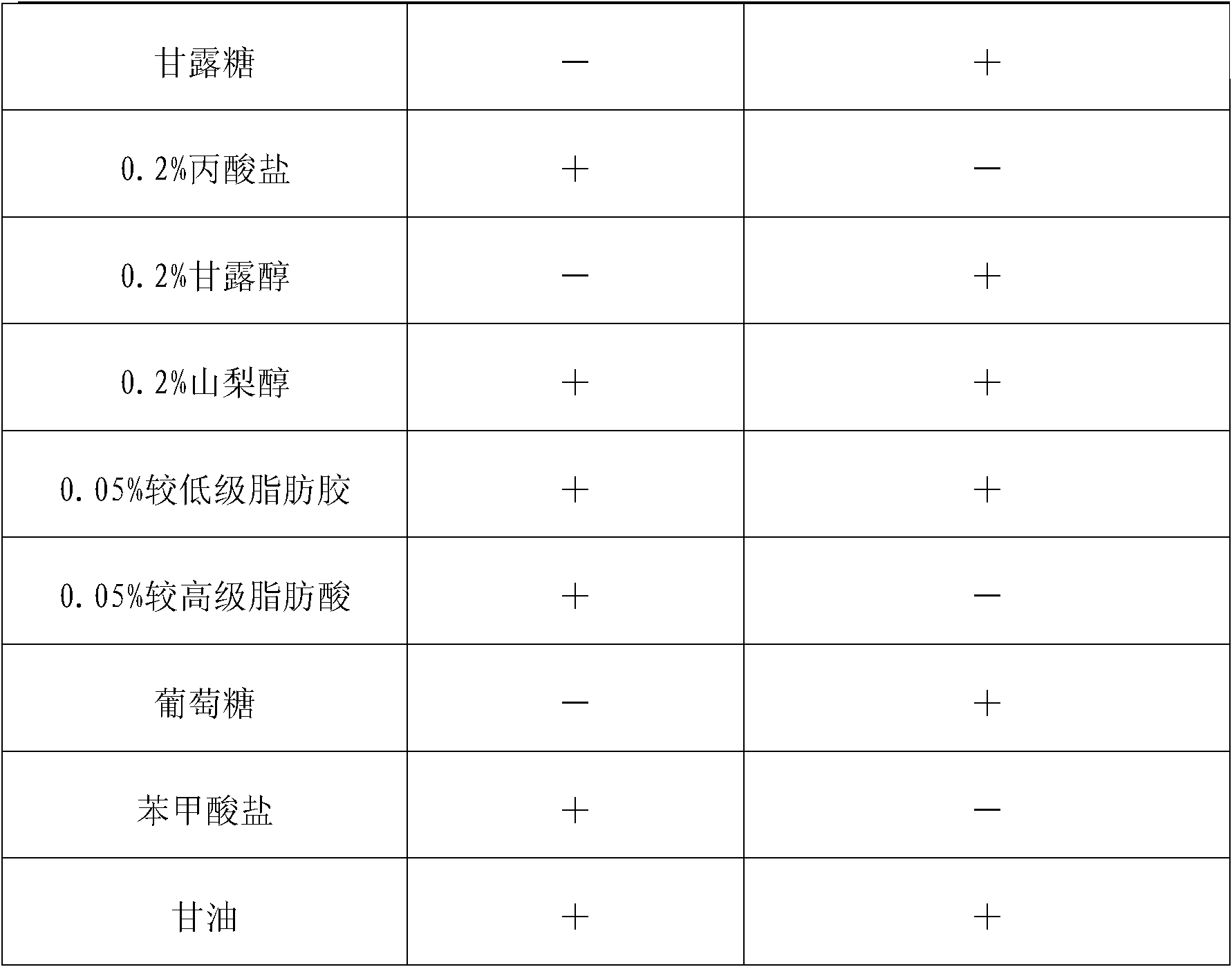Method for treatment and in-situ ecological restoration of black and stink riverway by using microorganism
An ecological restoration and microbial technology, applied in the field of pollution control, can solve the problems of inability to carry out follow-up treatment, large floor area, and large engineering operation volume
- Summary
- Abstract
- Description
- Claims
- Application Information
AI Technical Summary
Problems solved by technology
Method used
Image
Examples
Embodiment 1
[0048] Example 1: River treatment in an old city
[0049] The river in an old city is about 5,200 meters long, 20 meters wide, 1-1.2 meters deep, and 0.8-1.0 meters thick. Due to the natural discharge of a large amount of domestic sewage and a small amount of industrial sewage, the river water has been seriously polluted for a long time. The water blooms in the river are serious, showing eutrophication, the water body is black and smelly, the transparency is low, the silt is black, and there are many white garbage and oil pollution on the river surface. Before the treatment of this river course, the whole project treatment cycle is first divided into three stages, a total of 20 months. In the early stage, the auxiliary engineering facilities will be completed in 4 months, and aeration equipment will be installed. Bottom aeration equipment will be installed at 1 / 10 of the length of the river, and a water surface aeration equipment will be installed every 50 meters of the remai...
Embodiment 2
[0097] Example 2: River management in a certain city
[0098] The river in an old city is about 4600 meters long, 16 meters wide, 0.8-1.0 meters deep, and 0.1-0.3 meters thick. This river has a long course, long time for pollutants to be deposited at the bottom, complex geographical conditions, uneven topography, complex geological environment, large catchment area, wide sources, various types of catchment, and multiple point source pollution. Extensive non-point source pollution exists.
[0099] The stage work of governance cycle and other steps of the inventive method are the same as embodiment 1,
[0100] In the step (2), the sewage samples of black and odorous rivers are collected, enriched, isolated and cultivated, and 20 photosynthetic bacterial strains are screened out;
[0101] Wherein, the method of enrichment, separation and cultivation in this step is:
[0102] Medium:
[0103] Preparation method of enriched medium: weigh NH 4 Cl 1.5g, K 2 HPO 4 0.2g, MgSO ...
Embodiment 3
[0124] Example 3: Treatment of a certain river in Shipai Town, Dongguan City
[0125] The total length of the river is about 5km, the water depth is 0.5-2.0m, the sludge is 0.5-0.8m, the average width is 20m, and the total volume is 150,000m 3 , the flow rate is 3-8m / min. This river is dominated by domestic sewage. A small amount of industrial sewage of various colors is black after confluence. There are about 6,000 tons of printing and dyeing sewage and 54,000 tons of domestic sewage every day. The water quality of the river is seriously black and smelly, and a large number of Black silt, bottom mud thickness reaches 0.8 meters.
[0126] The stage work of governance cycle and other steps of the inventive method are the same as embodiment 1,
[0127] In the step (2), the sewage samples of black and odorous rivers were collected, enriched, isolated and cultured, and 42 strains of photosynthetic bacteria were screened out;
[0128] Wherein, the method of enrichment, separatio...
PUM
| Property | Measurement | Unit |
|---|---|---|
| particle diameter | aaaaa | aaaaa |
| thickness | aaaaa | aaaaa |
Abstract
Description
Claims
Application Information
 Login to View More
Login to View More - R&D
- Intellectual Property
- Life Sciences
- Materials
- Tech Scout
- Unparalleled Data Quality
- Higher Quality Content
- 60% Fewer Hallucinations
Browse by: Latest US Patents, China's latest patents, Technical Efficacy Thesaurus, Application Domain, Technology Topic, Popular Technical Reports.
© 2025 PatSnap. All rights reserved.Legal|Privacy policy|Modern Slavery Act Transparency Statement|Sitemap|About US| Contact US: help@patsnap.com



